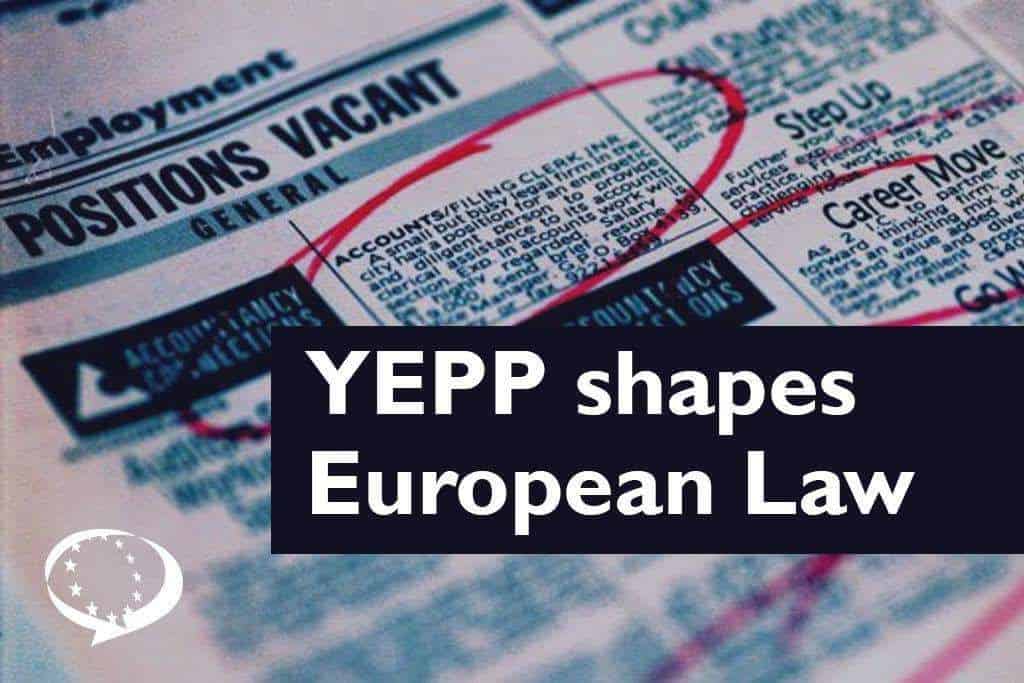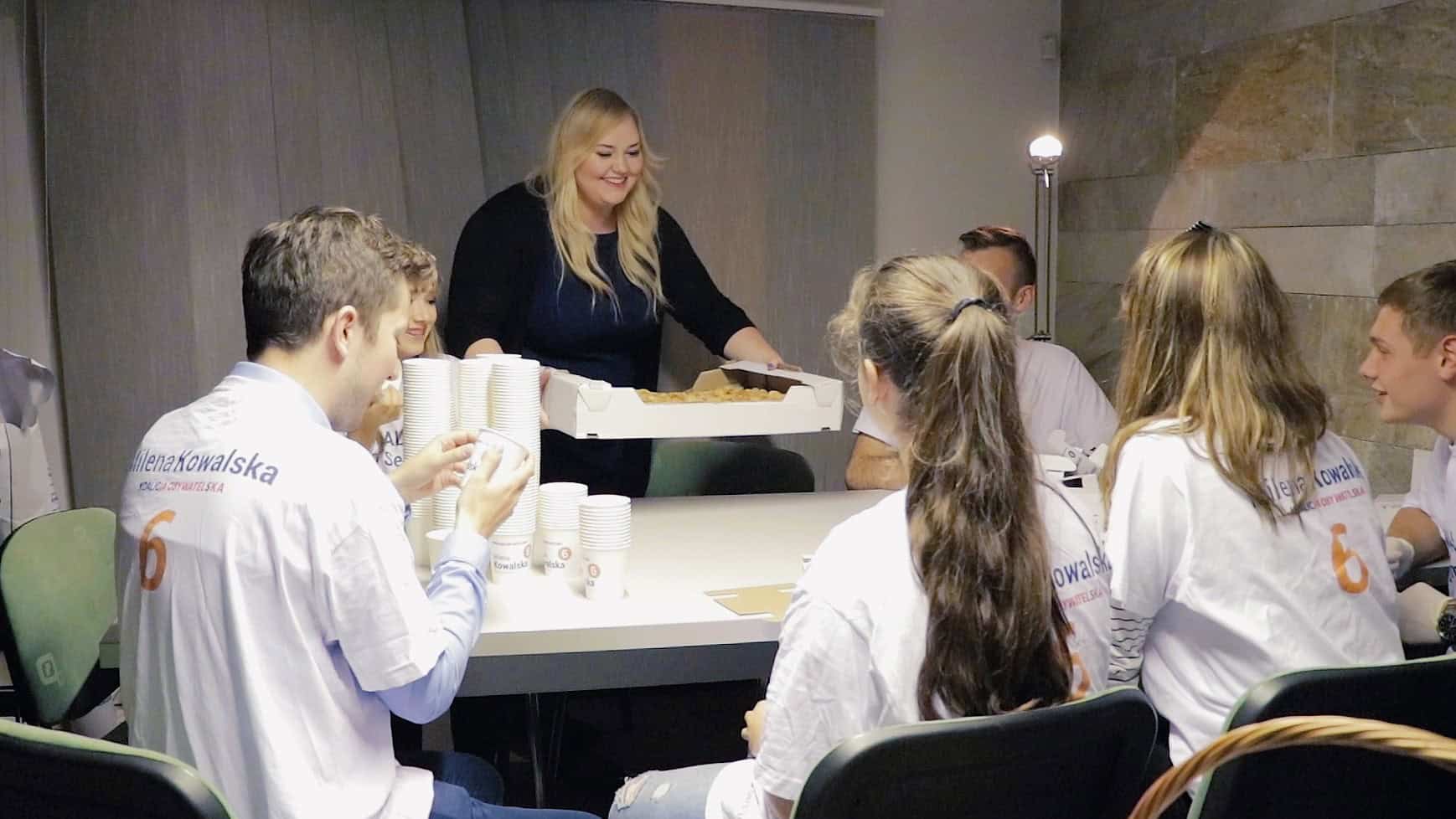“Implementation of the coordinated strategy for employment and particularly for promoting a skilled, trained and adaptable workforce in accordance with Article 145 TFEU;”
The above text in bold, which aims at reducing the gap between education and the labour market, is only one of several YEPP proposals that were adopted today by the European Parliament in Brussels and transformed into European law.
YEPP has been working hard on transforming European Employment Services into an effective and practical tool, so that young people can look for a job across Europe on a day to day basis.
EPP Group MEP Heinz K. Becker, in his capacity as European Parliament rapporteur on the proposal for a “regulation of the European Parliament and of the Council on a European network of Employment Services, workers’ access to mobility services and the further integration of labour markets”, included 6 of our proposals in the text that he negotiated with the EU Council and had approved in today’s European Parliament plenary session.
YEPP’s proposals aim at reducing the gap between education and the labour market, developing a truly European Job Website (EURES) and increasing cooperation between regional and local employment services, so that all job offers across the EU are mandatorily published at a single online portal.
Furthermore, the new Regulation includes our proposal to increase cross-border job opportunities, thus enhancing labour mobility and ensures that all job seekers shall be entitled to comprehensive information concerning conditions of employment, such as pension rights, welfare insurance and health insurance, in the EU country where the job is located.
Finally, our proposal to increase the visibility of EURES, the labour mobility network that provides assistance to young Europeans in finding employment in other EU countries, through intensive communication campaigns across the EU, was also voted by the vast majority of the Members of the European Parliament, and is now European law.
This is a big win for each of our 58 member organisations. While the new Regulation may not be solving all problems of the almost 4,5 million young Europeans under the age of 25 that are currently unemployed, we have made a big step towards lifting unnecessary barriers to labour mobility and making the European job market a more united and inclusive place.
The overall 6 YEPP proposals that had been adopted at the Athens Council of Presidents and the “Citizens First” Council in Nicosia and are included in the new Regulation are the following:
AM 67
(eb) to support a smooth transition from education to work in the Union labour market.
AM 78
(aa) taking all necessary measures in order to ensure that all job applications and CVs available nationally are made available to the EURES portal;
AM 55
(ga) “EURES cross-border partnership” means long-term cooperation between the regional and local employment services, the social partners and other relevant stakeholders in regional structures that are established by them.
AM 82
Oblige to publish:
(a) living and working conditions, including social security contributions and tax payments;
AM 138
1a. All jobseekers shall be entitled to comprehensive information concerning conditions of employment, such as pension rights, welfare insurance and health insurance, in the country and place in which the job is located.
AM 106
The role of EURES cross-border partnerships and other support structures in cross-border regions
1. EURES cross-border partnerships and other specific support structures may be set up in cross-border regions in order to facilitate cross-border labour mobility.
4. Member States shall support cross-border structures’ activities and encourage the establishment of new partnerships with a view to more effectively meeting the need for coordination with regard to labour mobility in cross-border areas.
AM 50
db) effective promotion of the EURES network at Union level by means of intensive communication measures taken by the Commission and, in particular, the Member States, using instruments that ensure wide dissemination and accessibility;







